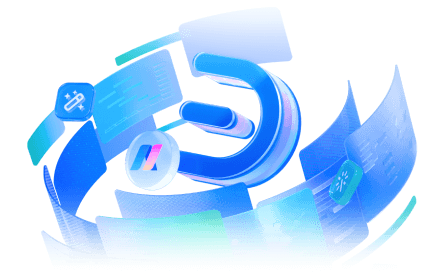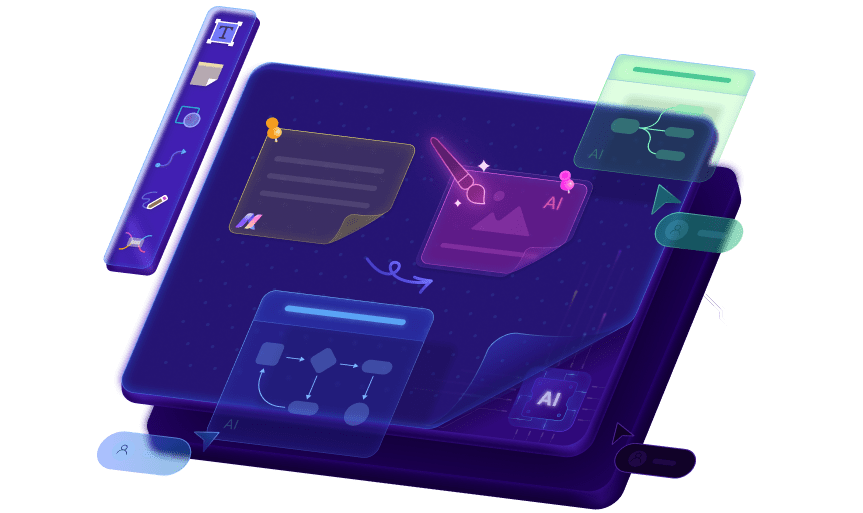Mind mapping is a visual technique that can help you structure and connect ideas by building them around a core theme and branching them out. It breaks down complex information into much simpler components, making them easier to understand, locate, and recall. When brainstorming new ideas or organizing existing information, mind maps foster creative thinking by providing an intuitive and dynamic layout.
There now exists many software to help you create your mind map. They can significantly speed up the process and make it more simple. As the digital mind maps would also be unlimited in size, you need not worry about running out of space or if you want to rearrange your nodes without redrawing or erasing.
In this article, I will introduce the top five open-source mind-mapping software and list their pros and cons, so you can easily choose one to your liking and start mind mapping!
Best Open Source Mind Mapping Software
Best Open Source Mind Mapping Software No.1: FreeMind
FreeMind is an open-source mind-mapping software developed in Java and compatible across multiple platforms, including Windows, macOS, and Linux.
The tool allows you to create your mind map that visually represents your ideas in a non-linear way. This can help you in all processes of a project, from
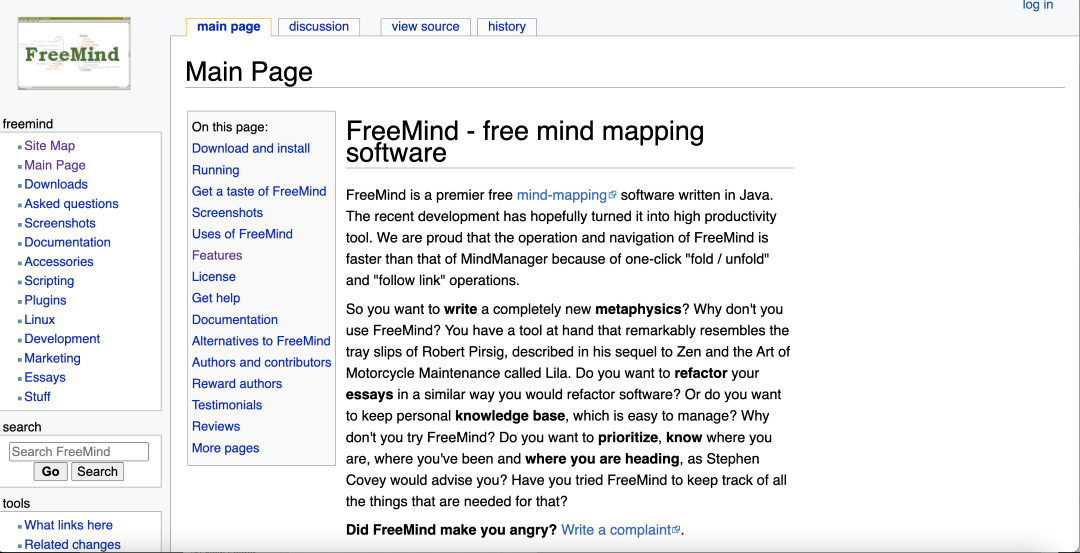
FreeMind Features
FreeMind offers a range of productivity-focused features that help you enhance mind mapping and project management. Its fast navigation allows you to quickly fold or unfold nodes and follow links with just one click.
You can also export your file into several formats, including but not limited to HTML, PDF, and PNG.
Additionally, FreeMind excels in handling drag-and-drop operations, allowing you to easily move or copy nodes, manage external files, and import links from various sources.
Best Open Source Mind Mapping Software No.2: Xmind (Open Source Version)
Being one of the most noted pioneers of the industry Xmind is a mind-mapping software known for its elegant design, cross-platform compatibility, and user-first principle.
With its highly consistent user interface across platforms and seamless interaction, it offers a unified, intuitive experience for users both seeking professional and personal purposes. The software has launched an open-source version as early as 2008.
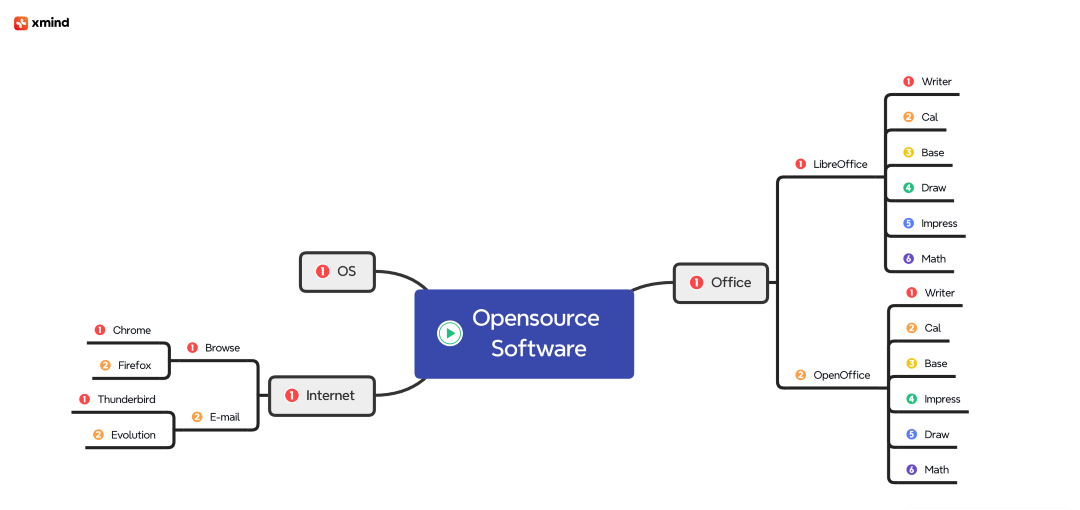
Xmind Features
Xmind boasts a variety of features to enhance productivity and creativity.
Easy interface for Win and Mac versions:
It offers platform-specific adaptations for Windows and macOS, ensuring smooth user experiences on different systems. The interface design prioritizes simplicity, utilizing clear visual hierarchies and efficient use of white space.
Great Integration and compatibility
Other key features include task tracking, label tagging, note expansion, and LaTex equation integration.
Users can also export their mind maps to PDF, PNG, and other formats, add audio notes, customize colour themes, and insert web links, images, and stickers for an enriched mapping experience.
Best Open Source Mind Mapping Software No.3: MindMup
MindMup is a versatile cloud-based mind-mapping tool designed to help you streamline the brainstorming process. It can help you quickly capture, organize, and visualize ideas.
Using MindMup, you can create unlimited mind maps for free, access them from any of your devices, and store them in the cloud.
Aside from serving individuals, the collaborative features on MindMup also allow teams to structure thoughts and manage projects.
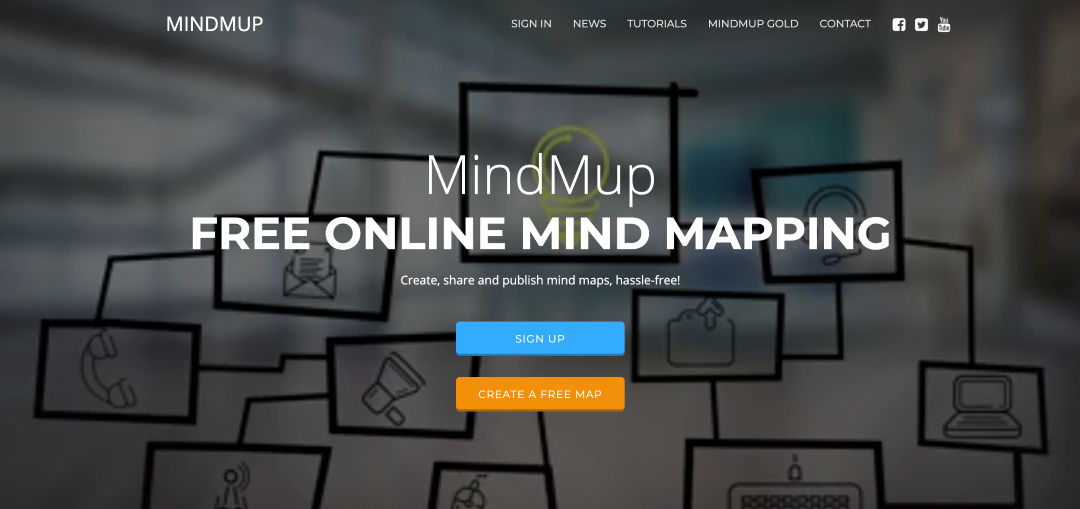
MindMup Features
MindMup offers a rich range of features:
You can structure writing assignments with notes and attachments, create storyboards from mind maps, and turn these ideas into visual presentations.
MindMup also docks with social media for seamless sharing and allows real-time collaboration with cloud-based maps.
Some of its additional features include attaching documents, images, and videos, along with project management tools like node measurements and priority tracking.
Best Open Source Mind Mapping Software No.4: Draw.io
Draw.io is a versatile and free diagramming tool designed for both individual and collaborative use. It allows users to create a variety of diagrams, such as flowcharts, UML diagrams, and organizational charts. It integrates with multiple platforms such as Google Drive and GitHub, Atlassian Confluence, and Jira, offering both online and offline functionality. With strong security features, users have control over where their diagram data is stored. Draw.io is widely used by teams and individuals alike for its flexibility and ease of use.
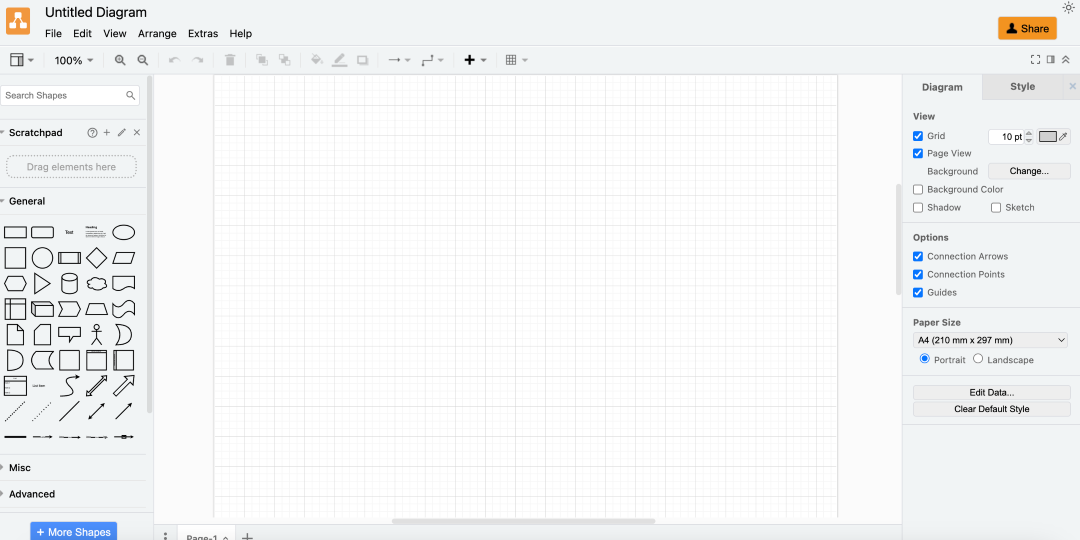
What can you do with Draw.io?
Draw.io offers a wide range of diagramming tools, including premade templates, customizable shapes, and connectors. Diagrams can be easily formatted, exported as images, and shared in real time for collaborative work.
The tool integrates with platforms such as GSuite and OneDrive, making it easy to store and share from the cloud.
Its drag-and-drop interface makes diagram creation simple, while an automatic layout feature helps organize elements efficiently.
The software supports both free open-source and enterprise versions, with flexible pricing plans for teams of various sizes.
Best Open Source Mind Mapping Software No.5: Docear
Docear is a comprehensive academic literature suite that includes a mind-mapping feature.
Internally speaking, you can use the mind mapping feature along with the application’s digital library, reference manager, file management, etc., while externally speaking, the app also integrates seamlessly with popular tools like Mendeley and Microsoft Word. This platform is especially favoured by academics.
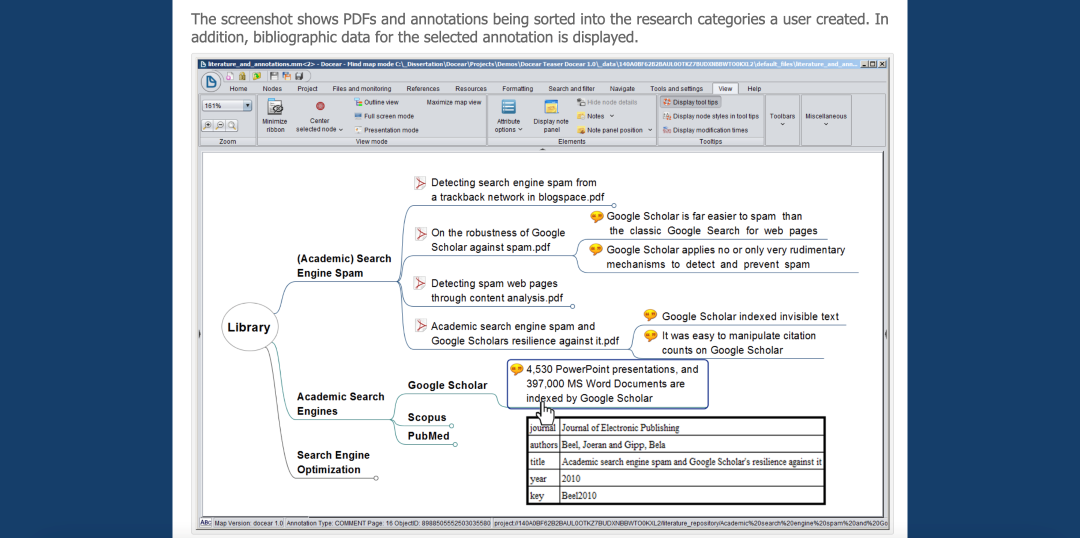
What can Docear help you with
The mind mapping feature of Docear helps in visualizing connections between ideas and can cater to the needs of researchers from all kinds of fields.
It allows users to search, organize, and manage academic papers and references in one place. The software’s open-source nature also ensures ongoing improvements and support.
Tip: Try A Free Online Mind-mapping Tool
Another great option for mind mapping would be edraw.ai, an all-in-one AI-powered mind map maker designed to streamline content generation, analysis, and visual collaboration. It is very beginner-friendly and can support you with creating diagrams, charts, and presentations, offering a wide range of resources and templates. Although it is not open source, there is an online version free of charge.
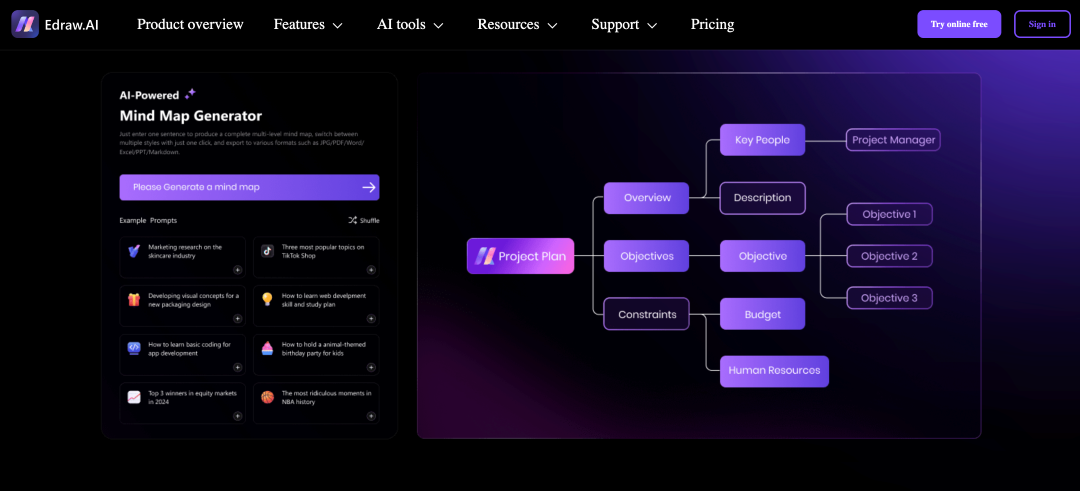
Edraw.AI Features:
- Efficiency: edraw.ai generates content efficiently with AI tools, and you can get a basic sketch of your desired mind map in seconds for you to tailor.
- Simplicity: edraw.ai is a user-friendly, cloud-based platform where everything is made simple, and the intuitive interface makes it perfect for beginners.
- Richness: edraw.ai offers a rich storage of templates with 26,000 symbols and 700 pre-made, providing inspiration for any of your diverse projects. You can also create your personal templates, save them, and use them next time.
- Teamwork: edraw.ai allows you to collaborate with teammates. As it is also safeguarded by 256-bit SSL encryption and GDPR compliance, you need not worry that any of your professional yieldings will be stolen.
Ending Notes
Mind maps can be a powerful tool in visualizing your ideas and communicating them to others. To produce your own mind map, why not set off using the different options listed above? You can choose one that best fits your needs, unlock your creativity, and kick off your project today!

Try Our Products
Now for Free
